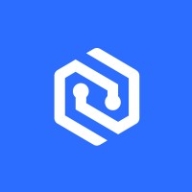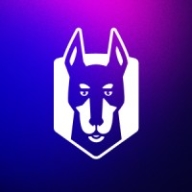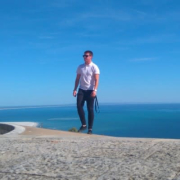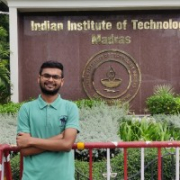


Snyk and Cycode compete in the cybersecurity domain offering solutions for software development pipelines. Snyk is seen as more innovative and applicable within DevSecOps, whereas Cycode is noted for securing the supply chain.
Features: Snyk provides robust integrations with developer tools, allows quick vulnerability identification, and offers auto-remediation to enhance efficiency. Cycode secures the software supply chain, providing insights into code integrity and infrastructure-as-code security, resulting in broader security insights beyond code vulnerabilities.
Ease of Deployment and Customer Service: Snyk features seamless integration with popular development platforms, minimizing deployment disruption. Cycode supports efficient integration too, focusing on comprehensive onboarding with detailed customer service guidance.
Pricing and ROI: Snyk's pricing supports its value by improving developer speed and efficiency, yielding high ROI. Cycode's competitive pricing and extensive security features enhance security postures, providing significant ROI in complex environments.


| Company Size | Count |
|---|---|
| Small Business | 21 |
| Midsize Enterprise | 9 |
| Large Enterprise | 21 |
Cortex Cloud by Palo Alto Networks provides comprehensive cybersecurity management, focusing on enhancing security operations with advanced automation and threat intelligence, addressing complex security challenges efficiently.
Cortex Cloud by Palo Alto Networks integrates cloud-scale data analytics and automation to streamline security operations, enabling faster threat detection and response. It leverages AI and machine learning to provide real-time threat intelligence and automate routine tasks, reducing the burden on security teams. Users benefit from improved visibility across networks and greater operational efficiency, making it crucial for enterprises aiming to secure their digital assets against evolving cyber threats.
What are the key features of Cortex Cloud by Palo Alto Networks?
What benefits or ROI should you expect from Cortex Cloud by Palo Alto Networks reviews?
Cortex Cloud by Palo Alto Networks is favored in sectors like finance, healthcare, and telecommunications, where data security is paramount. Its ability to integrate with existing infrastructure and provide real-time insights makes it a preferred choice for securing sensitive information and ensuring compliance within industry regulations.
Cycode is a comprehensive security platform designed to protect the software development lifecycle by securing source code and detecting vulnerabilities early in the code distribution process.
Cycode integrates seamlessly into development workflows to ensure the integrity and security of code repositories. By automating secret detection and providing robust threat detection, Cycode builds a resilient security framework for code. It offers scanning capabilities that identify misconfigurations and tracks code leaks across distributed environments, allowing teams to act quickly and effectively. By leveraging advanced analytics, it provides insightful data to mitigate security threats proactively.
What are the key features of Cycode?In industries such as finance, healthcare, and technology, Cycode is implemented to safeguard critical code infrastructure by providing proactive threat detection and code compliance features that meet stringent regulatory standards. It facilitates seamless security integration in cloud environments, enabling industries to maintain compliance and ensure the protection of sensitive data throughout development cycles.
Snyk excels in integrating security within the development lifecycle, providing teams with an AI Trust Platform that combines speed with security efficiency, ensuring robust AI application development.
Snyk empowers developers with AI-ready engines offering broad coverage, accuracy, and speed essential for modern development. With AI-powered visibility and security, Snyk allows proactive threat prevention and swift threat remediation. The platform supports shifts toward LLM engineering and AI code analysis, enhancing security and development productivity. Snyk collaborates with GenAI coding assistants for improved productivity and AI application threat management. Platform extensibility supports evolving standards with API access and native integrations, ensuring comprehensive and seamless security embedding in development tools.
What are Snyk's standout features?Industries leverage Snyk for security in CI/CD pipelines by automating checks for dependency vulnerabilities and managing open-source licenses. Its Docker and Kubernetes scanning capabilities enhance container security, supporting a proactive security approach. Integrations with platforms like GitHub and Azure DevOps optimize implementation across diverse software environments.
We monitor all Static Application Security Testing (SAST) reviews to prevent fraudulent reviews and keep review quality high. We do not post reviews by company employees or direct competitors. We validate each review for authenticity via cross-reference with LinkedIn, and personal follow-up with the reviewer when necessary.